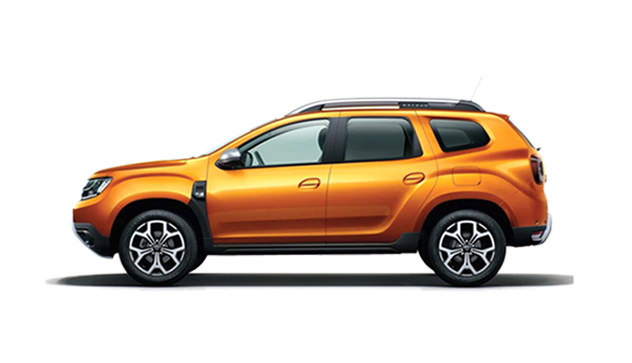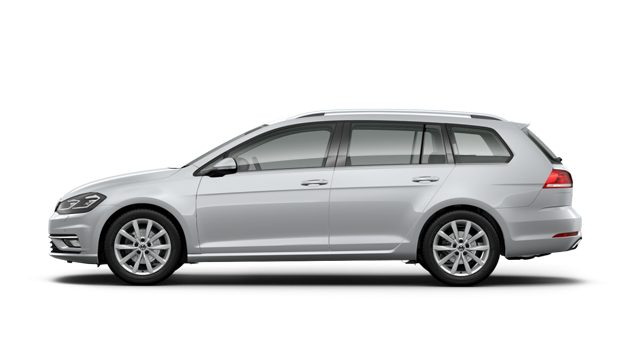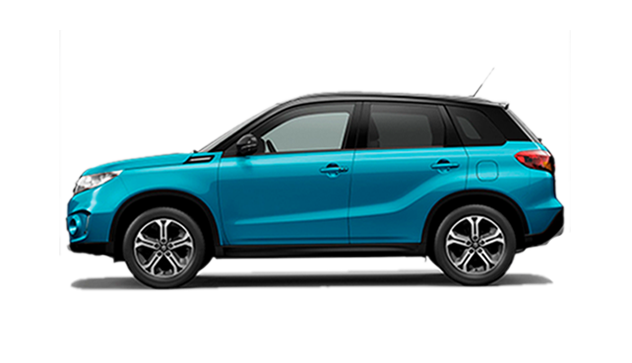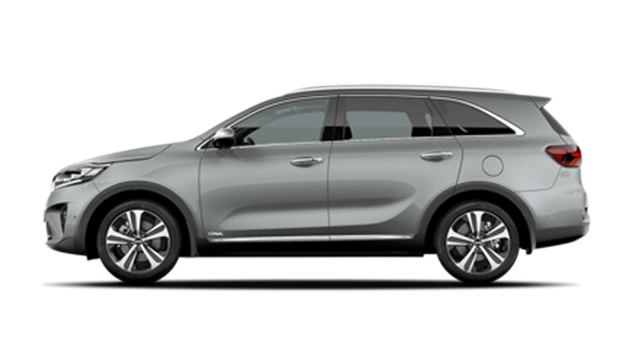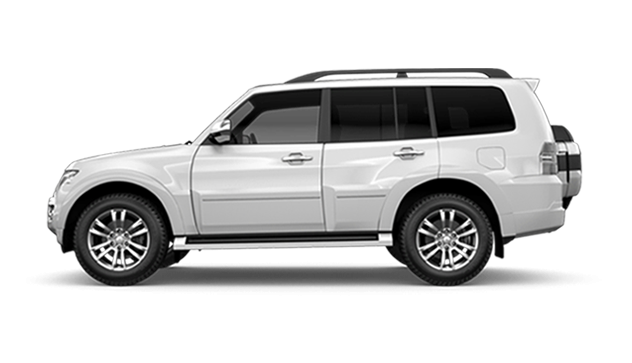Iceland’s weather is unpredictable! So, it’s no wonder why many visitors are left wondering, “Does Iceland have a rainy season?”
While Iceland doesn’t have a monsoon-like rainy season, some months are wetter than others. That being said, it’s important to be informed about Icelandic weather and road conditions to help you plan elements of your trip like choosing the right rental car and what to pack.
This guide will help key you in on the weather in Iceland, how rain affects roads, what to do when it rains and more. Here’s everything you need to know about Iceland’s rainy season!
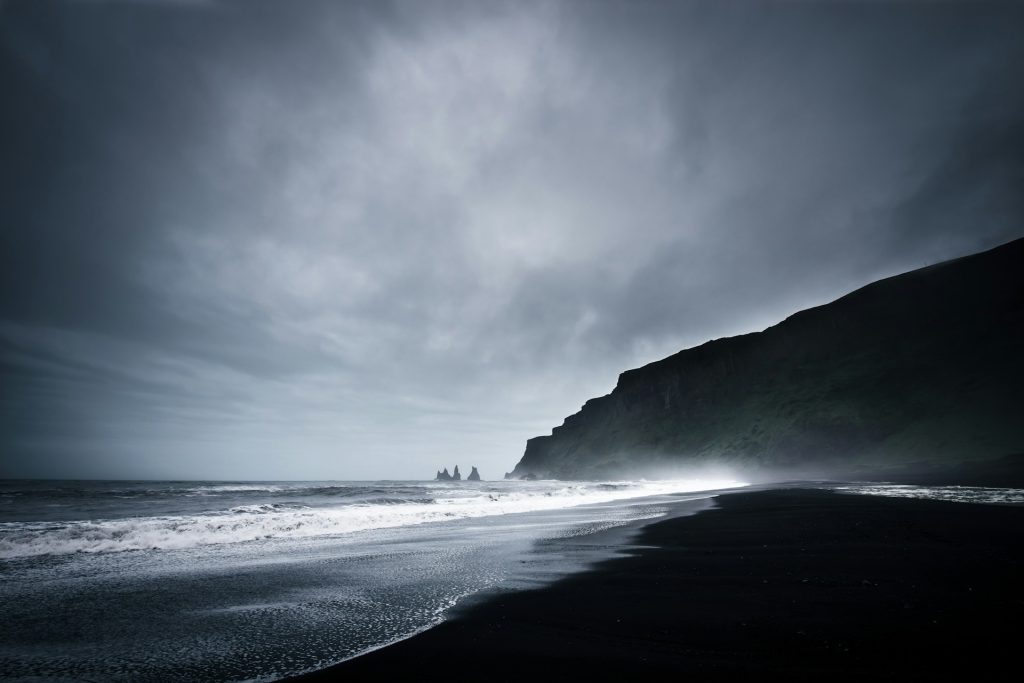
Weather in Iceland Throughout the Year
Weather conditions in Iceland vary wildly, depending on the time of year. Winter sees snow, ice, freezing temperatures, and high winds. Spring brings unpredictable snow and rain, although May in Iceland is one of the driest months overall.
Summer brings the least amount of rain, but you can still expect to encounter storms. Temperatures are at a high, but it will still feel cold to many travelers with highs around 58°F. Fall sees a rapid shift from sunny and warm to rainy, wet, and chilly. September to November are the wettest months.
While some visitors might think that Iceland is cold year-round, the island’s weather actually remains fairly mild compared to other destinations at the same latitude. This is due to the Gulf Stream, which brings warmer air from the Caribbean and helps balance the chill from the North Atlantic.
Overall, Icelandic weather is considered a mild coastal climate with “changeable” conditions. This essentially means that atmospheric conditions can change on a dime, which explains Iceland’s wild weather. In fact, it’s not uncommon to experience seasons in one day, especially during shoulder months.
Firefly Tip: No matter the season, always prepare for wind, rain, and rapid shifts. Check weather in Iceland on Iceland’s official website, vedur.is, and road conditions on road.is before setting off.
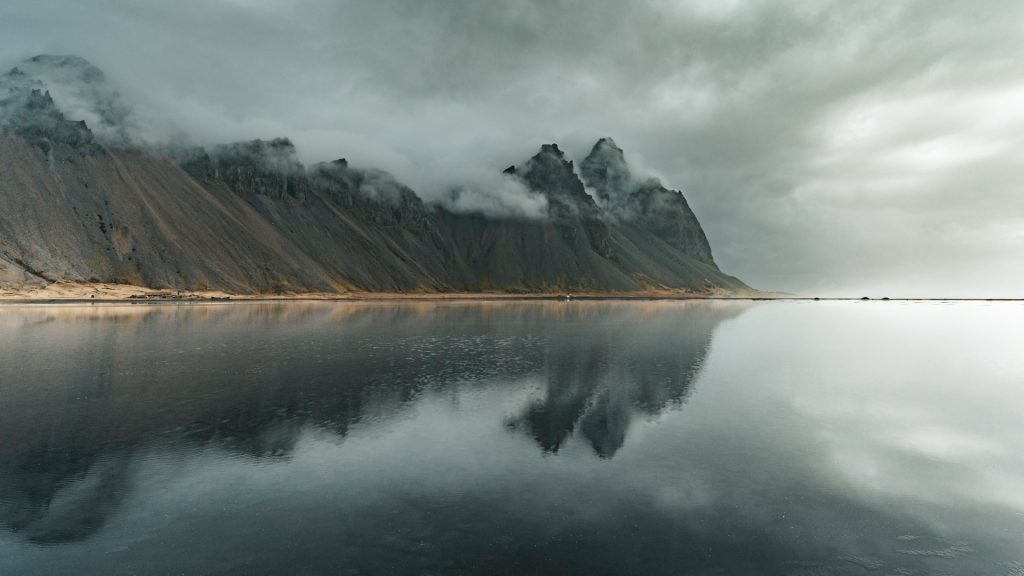
When is the Rainy Season in Iceland?
Rainy season in Iceland is typically in the fall and early winter, from September to November/December. The wettest months of the year are typically November and December.
The South Coast tends to be wetter than other areas of Iceland, like the north and east, which are typically drier.
Iceland’s South Coast sees about 10-14 rainy days a month on average, while the north and east see 8-13 days of rain.
Summer in Iceland: Is It Really Dry?
While summer in Iceland does bring warmer, drier days, visitors should still prepare for several rainy days on their trip!
July is the warmest month of the year, but you shouldn’t expect to find a dry, Mediterranean summer. Your trade off for frequent rain is long days due to the midnight sun, which also makes it easier to explore off hours if you do have rain in the forecast.
The summer months in Iceland are perfect for exploring the Ring Road, soaking up the midnight sun, and visiting ice caves like Katla, which are open year round.
Firefly Tip: In summer, even with occasional rain, a cheap 2WD rental is perfect for paved roads and scenic drives.

How Rain Affects Road Conditions in Iceland
Heavy rain can negatively affect road conditions in Iceland. Rainy days often lead to floods on Southern Iceland’s roads, which can also become slippery. Gravel roads in parts of Iceland like the east and north will also require that you drive a bit slower during rain.
F-roads, which lead to Iceland’s interior highlands, will often close during rainy conditions and quickly after the first snow falls in autumn.
You can check real-time road conditions on road.is, including which F-roads are currently open. It’s important to be mentally prepared for your trip to Iceland if you’re planning on renting a car! Weather and road conditions can change in the blink of an eye.
Firefly Insight: If you’re planning a road trip during the rainy season, consider a cheap but sturdy 4×4 rental—especially for the shoulder months (Sept–Oct).
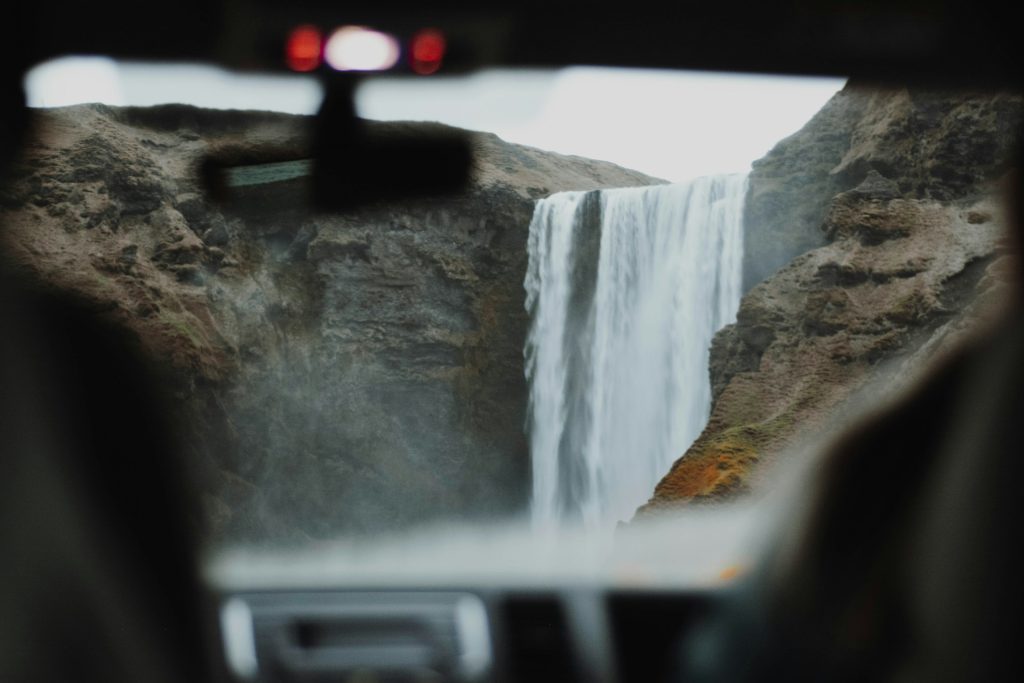
Best (and Worst) Times to Visit Iceland Based on Rain
Late spring, from May to June, is the best time to visit Iceland if you’re trying to avoid rain.
The rainiest months of the year are from September to December, with October being the rainiest month on average. Winter will also bring more snow than rain and visibility can become a challenge.
January in Iceland can feel extra intense with short daylight hours, icy roads, and more frequent storms. It’s also a time when strong winds and heavy snow can impact travel plans.
No matter the time of year, planning a trip to Iceland means being prepared for rainy days, especially during the wettest months. Make sure to check weather forecasts and pack the right gear so unexpected rain doesn’t catch you off guard.
Whether you’re visiting during a rainy time of year or not, come prepared with the proper clothing and gear so you won’t miss out on Iceland’s beautiful landscapes and natural attractions! You won’t see locals hiding inside, after all.
What Can You Do in Iceland on a Rainy Day?
If you don’t want to get wet on a rainy day, there are plenty of things to do in Iceland to keep you dry.
For those that still want to get outside, the ice caves are the perfect activity! Open year round, you’ll head into Iceland’s glaciers to see frozen water that’s thousands of years old, molded into stunning formations.
Another great idea is soaking in hot springs and local swimming pools, which you’ll find in almost every community.
Museum visits are another popular rainy day activity. Some of the best are Lava Centre, which teaches visitors more about Iceland’s volcanic activity through interactive exhibits, and Perlan, a wonderful nature museum. The Saga Museum is another favorite for history buffs and those that want to learn more about Iceland’s Viking heritage!
If you’re planning a trip to see the northern lights, inclement weather will have a huge impact. You need a crystal clear night to see the auroras dancing in the sky, so be sure to check the weather before heading out.
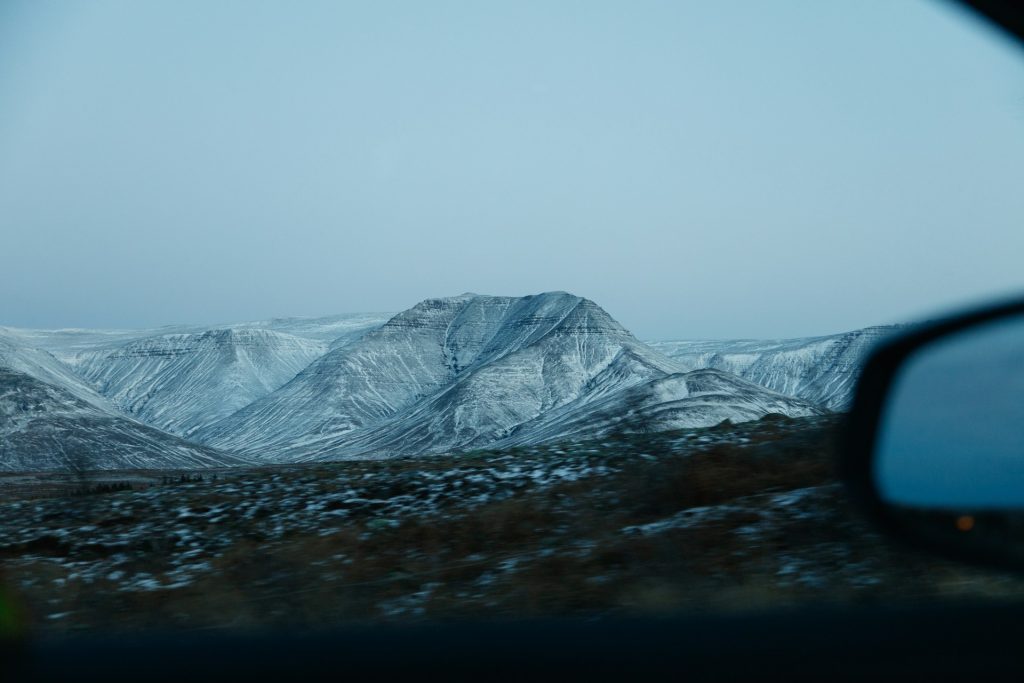
Rainy Season Packing Tips for Self-Drive Travelers
Packing for Iceland is a bit more tricky than other destinations and you’ll likely need more gear to be comfortable!
Some of the must-haves are waterproof rain jackets, water resistant boots, and waterproof daypacks.
Keep an umbrella in the car, just in case, and bring along microfiber towels to help sop up wet clothes and shoes. Packing extra socks is also a good idea if you’re planning on hiking and being out in nature.
Be sure that you rent a car with decent trunk space, too, so that you have enough room for your gear.
Choosing the Right Rental Car for Iceland’s Rainy Season
There’s no better way to explore Iceland, whether it’s the rainy season or not, than by renting a car!
For those on a budget and looking for reliable options, you can’t do better than Firefly Iceland’s fleet of vehicles. Choose from both 2WD and 4×4 options, depending on the season.
Driving in southern regions during the rainy days of autumn or early winter can be a challenge, especially with road conditions changing rapidly. Having a sturdy car with proper traction is key for tackling everything from wet asphalt to gravel roads in rural areas.
You’ll also have additional features like heated seats, good defrost systems, and roomy interiors that makes a trip during inclement weather more comfortable.
Firefly Iceland also has flexible policies and support during bad weather conditions which will no doubt give you added peace of mind when planning a trip during Iceland’s rainy season.
Final Thoughts: Rain is Part of the Adventure
At the end of the day, the best piece of advice is to embrace Iceland’s dramatic weather—it’s part of the charm!
Rainy season doesn’t mean you’ll have to stay indoors. As long as you’re road-smart and flexible, you’ll have an incredible adventure, no matter the weather.
Firefly Iceland offers cars that are perfect for every season — and they won’t break the bank!
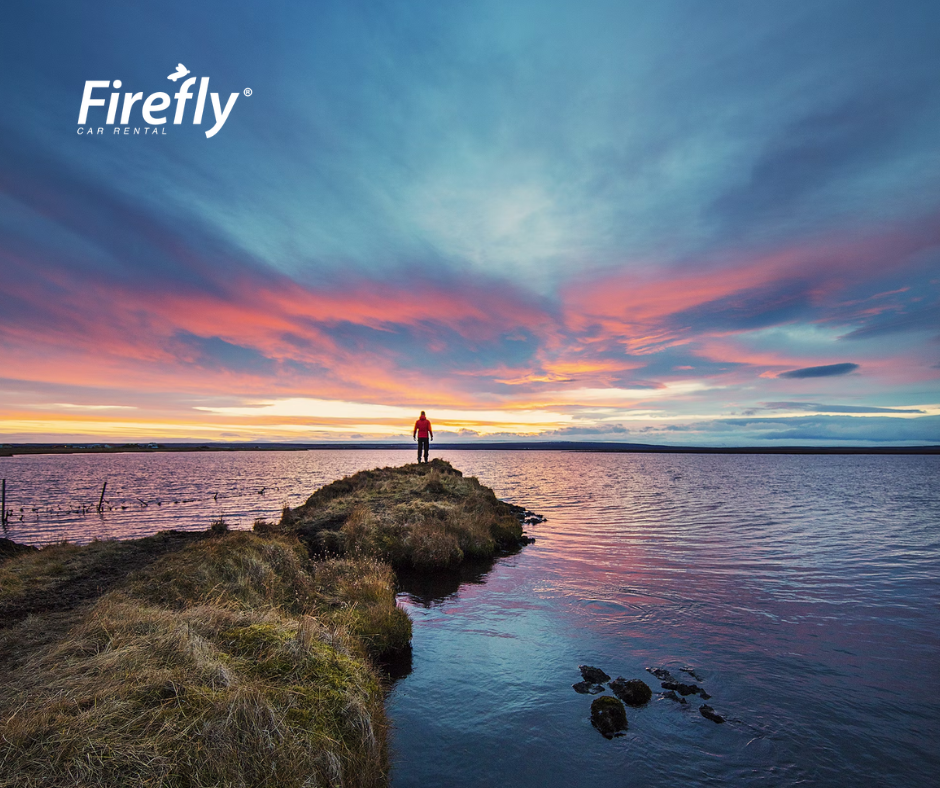
FAQs About Iceland’s Rainy Season
Does Iceland have a rainy season?
While Iceland doesn’t technically have a monsoon level rainy season, autumn is the most rainy time of year.
When is Iceland’s rainiest month?
Iceland’s rainiest month is typically October.
Can I drive in Iceland when it’s raining?
Yes! You can absolutely drive in Iceland when it’s raining, although you’ll want to drive slowly. Always have your headlights on, which is actually a law in Iceland!
Is it dangerous to drive in Iceland when it rains, especially with limited daylight?
Driving in Iceland during rainy weather isn’t necessarily dangerous, but it depends on a few things—especially the hours of daylight. During winter months like November through January in Iceland, daylight can be as short as 4–5 hours per day, making it trickier to navigate wet roads in the dark. If you’re driving in rural or mountainous areas with limited visibility, always go slower and avoid long drives late in the day. In summer, long daylight hours make it much easier to handle rainy days safely.
Is it safe to visit ice caves in the rainy season?
Yes. In fact, visiting an ice cave is one of the best things to do in Iceland when it’s raining. You’ll be protected from the wet weather without having to sacrifice exploring.
Should I rent a 4×4 in October?
Renting a 4×4 in October in Iceland will depend on where you’re headed. If you’re sticking to Reykjavik and the Golden Circle, you can probably get away with a 2WD vehicle. For those planning to go a bit further afield, you may want to opt for a 4×4 in case of winter weather!
What are the wettest months in Iceland?
The wettest months are generally October and March, with heavy rain especially across southern and coastal areas like Reykjavík and the Westfjords,while January and February bring heavier snowfall
Is rain in Iceland a year‑round thing?
Yes, rainy days happen throughout the year, even in summer months like July and August. Summer brings longer daylight and warmer temps, but sudden showers are still common .
Do northern regions get less rain than the south?
Absolutely. Northern areas, including Akureyri, receive significantly less rain due to a rainshadow effect created by the mountains, about half of what the southern coastal regions get
Should I worry about aquaplaning or black ice?
Yes. During winter and freeze‑thaw periods, roads can become icy—even during rain. Black ice is common in winter, so it’s wise to slow down, avoid sudden braking, and maintain safe distancescarsiceland.com+5
Plan Your Rain or Shine Road Trip with Firefly Iceland
No matter the weather, your adventure starts with the right car. Book a cheap and reliable rental with Firefly Iceland today!


